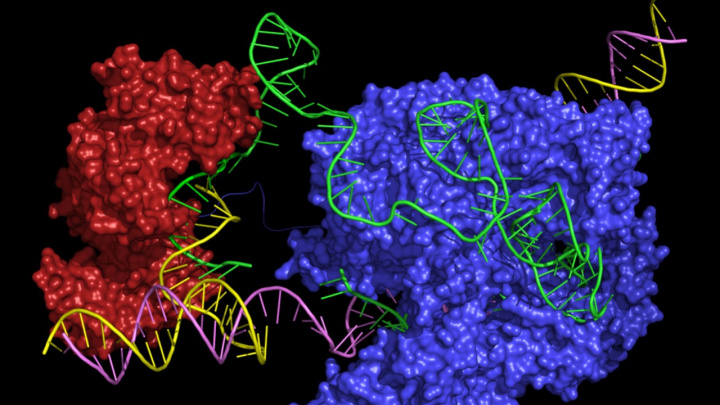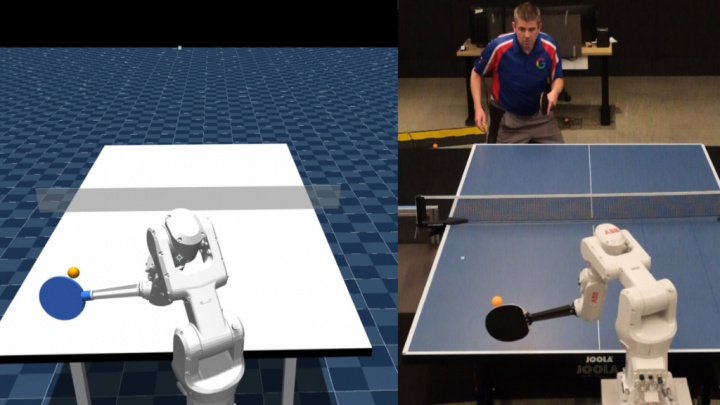New Genome Editing Tools: Prime Editing and SeekRNA
While CRISPR-Cas9 technology represented a revolutionary breakthrough in genome editing, newly developed tools like Prime Editing and SeekRNA offer promising alternatives that may surpass the traditional method in precision and flexibility. These novel tools aim to minimize off-target effects and unwanted byproducts by avoiding double-strand DNA breaks, enabling the precise insertion, deletion, or substitution of specific DNA sequences.

Prime Editing and SeekRNA herald a new era in genome editing, potentially exceeding the widely used CRISPR-Cas9 technology in precision and flexibility. These advanced tools offer reduced off-target effects and minimal side effects compared to methods relying on double-strand breaks, allowing for highly specific DNA sequence insertions or deletions.
Prime Editing, developed by David Liu's team at the Broad Institute, employs a modified Cas9 enzyme engineered to cut only a single strand of DNA (a "nickase"). It works in conjunction with a prime editing guide RNA (pegRNA), which both guides the editor to the target site and contains an RNA template for the desired edit. A reverse transcriptase enzyme, fused to the nickase, then synthesizes the new DNA strand directly from the RNA template and incorporates it at the nicked site. This "search-and-replace" mechanism significantly reduces the risk of unwanted mutations often associated with double-strand breaks (DSBs), offering greater precision in targeting specific genetic sequences compared to conventional CRISPR-Cas9, which typically creates DSBs repaired by potentially error-prone cellular pathways.
- Versatility: Prime Editing has the theoretical potential to correct approximately 89% of known pathogenic human genetic variants, based on its ability to perform various types of edits like point mutations and small insertions/deletions.
- Successful Tests: The technology has been successfully demonstrated in human and mouse cells, correcting mutations responsible for diseases such as sickle cell anemia and Tay-Sachs disease in cellular models.
SeekRNA, developed by researchers including those at the University of Sydney, utilizes a programmable RNA strand to guide a different type of molecular machine for genetic sequence insertion. It often employs a compact protein (like IscB, an ancestor of Cas9) fused to a reverse transcriptase. Guided by the RNA, this complex identifies the target DNA site and directly synthesizes and integrates a new DNA sequence templated from an RNA molecule, often using a transposase-like mechanism. This approach aims to simplify the editing process and potentially reduce errors compared to CRISPR, as it can function as a relatively self-contained unit for targeted DNA insertion without inducing DSBs.
- Efficient Delivery: SeekRNA systems can be relatively compact (e.g., using the smaller IscB protein compared to Cas9 and a guide/template RNA), potentially facilitating their delivery into cells using biological nanoscale carriers like vesicles or lipid nanoparticles.
- Promising Results: The technology has shown successful targeted DNA insertion in bacteria, with ongoing research aimed at applying it in more complex eukaryotic cells, including human cells.
While CRISPR-Cas9 revolutionized genetic engineering, it has limitations, primarily the risk of off-target mutations and unintended insertions or deletions (indels) at the target site resulting from the repair of double-strand DNA breaks. Prime Editing and SeekRNA aim to circumvent these issues. Prime Editing minimizes risk by only nicking one DNA strand. SeekRNA utilizes a distinct mechanism involving RNA-guided reverse transcription and integration, also avoiding the need for DSBs for targeted insertions. This avoidance of DSBs is crucial, as DSB repair, particularly through the non-homologous end joining (NHEJ) pathway, can introduce unpredictable and potentially harmful mutations or larger chromosomal alterations.
These advancements in precision, flexibility, and safety position Prime Editing and SeekRNA as highly promising alternatives or complements to CRISPR-Cas9. They hold potential for a wide range of applications in medicine (developing therapies for genetic disorders), agriculture (crop improvement), and biotechnology research. Although many applications, especially therapeutic ones, are at earlier stages of development compared to some CRISPR-based therapies already in clinical trials, these newer tools open up exciting possibilities for treating genetic diseases and advancing research across various fields by enabling more efficient and reliable genetic modifications with potentially fewer unintended consequences.





